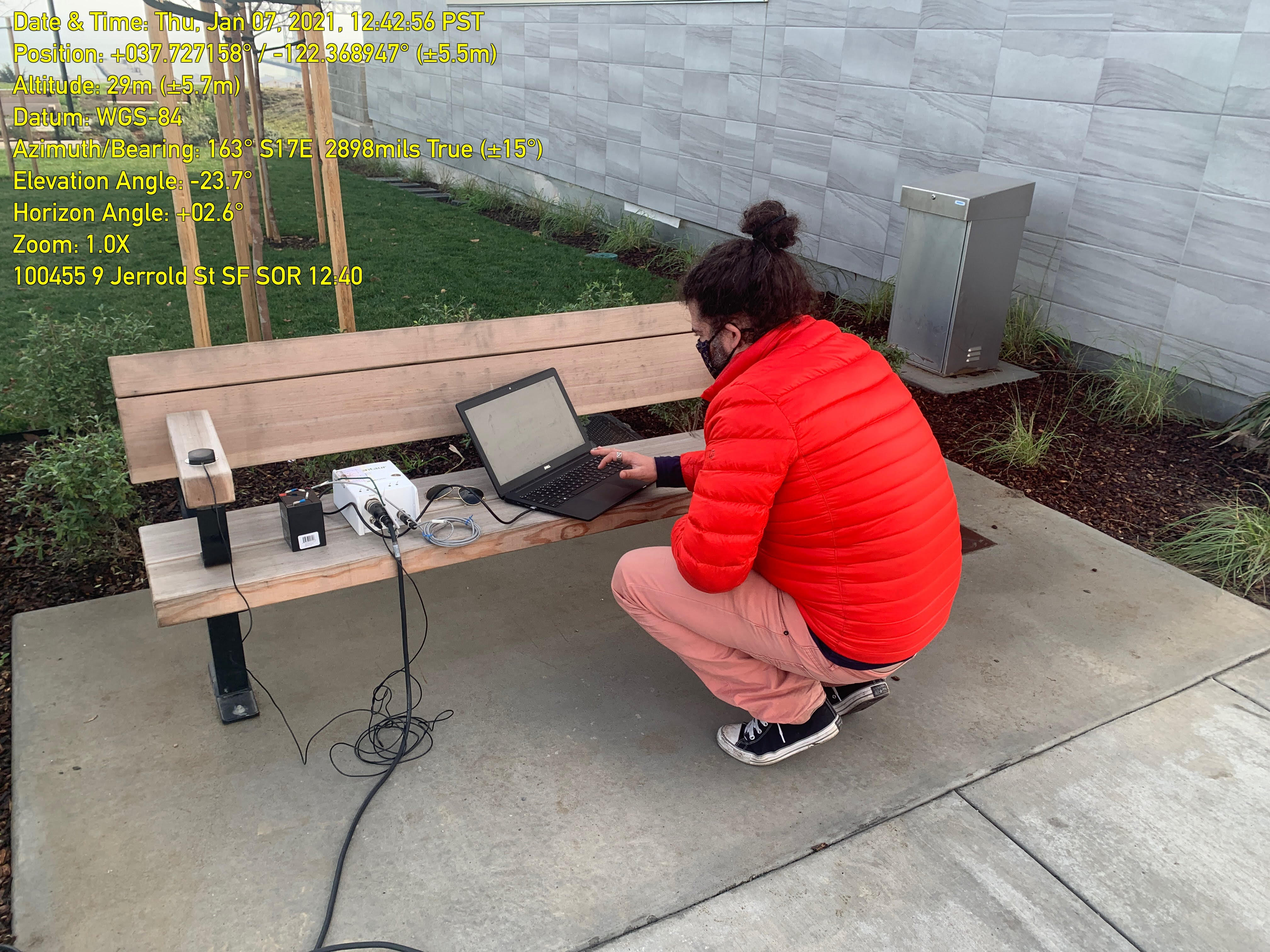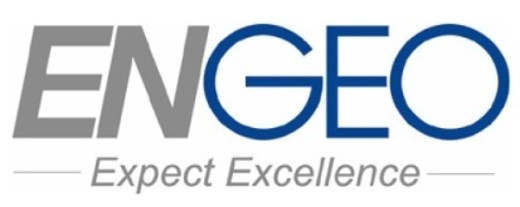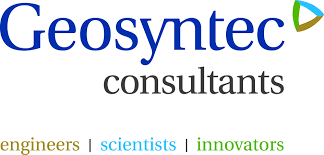UC Berkeley Geosystems Group Acquires new Equipment for Geophysics Measurements for Use in Research and Education
Apr 23, 2021

Caption: Students and Faculty performing seismic measurements as part of classwork
The Geosystems program has recently expanded its capabilities in Geophysics. Just last year, with the addition of Prof. Robert Kayen of the USGS, the Geosystems group has expanded its seismic geophysics capabilities that now includes capabilities in Microtremor Array Methods (Spatial Autocorrelation [SPAC] and frequency-wavenumber [ƒ-K]), Horizontal-to-Vertical Spectral Ratios (HVSR), Multichannel Analysis of Surface Waves (MASW), and frequency -controlled continuous sine wave Spectral Analysis of Surface Waves (SASW), as well as traditional seismic reflection and refraction imaging methodologies.
This year, Prof. Adda Athanasopoulos-Zekkos and Prof. Dimitrios Zekkos acquired equipment for Multichannel Analysis of Surface Waves (MASW) using an array of 24 2-Hz geophones to measure the shear wave velocity, 3-component geophones, and data acquisition equipment for measurement of H/V ratios, and a portable Electromagnetic Sensor to measure ground resistivity. The equipment is housed in a new Laboratory focused on field characterization and sensing (more on that soon!)
The seismic equipment has already been used in various research projects, including seismic characterization of sites, characterization of wildfire affected areas, and landslides. These testing capabilities are also incorporated into instruction as part of the CE170A course on "Infrastructure Sensing and Modeling" and the CE273 capstone course on Advanced Geotechnical Testing (more about this here).
This investment in field data acquisition equipment will support the group's research efforts on system level assessment and field characterization efforts, that also involve other sensors such as fiber optics, wireless sensing, drones, and LiDAR sensors. The Geosystems group has now a large group of Faculty, including Prof. Kenichi Soga, Prof. Steve Glaser, and Prof. James Rector, working in this exciting research area.







